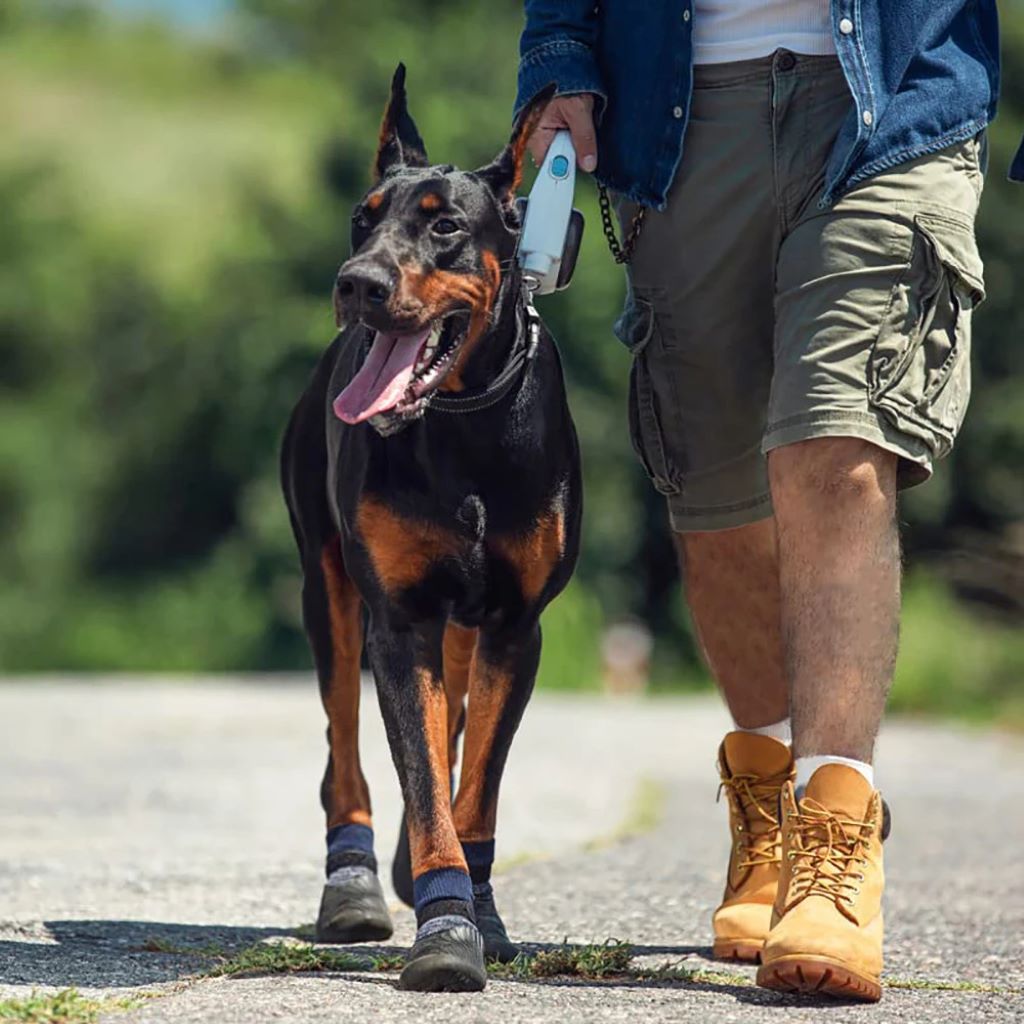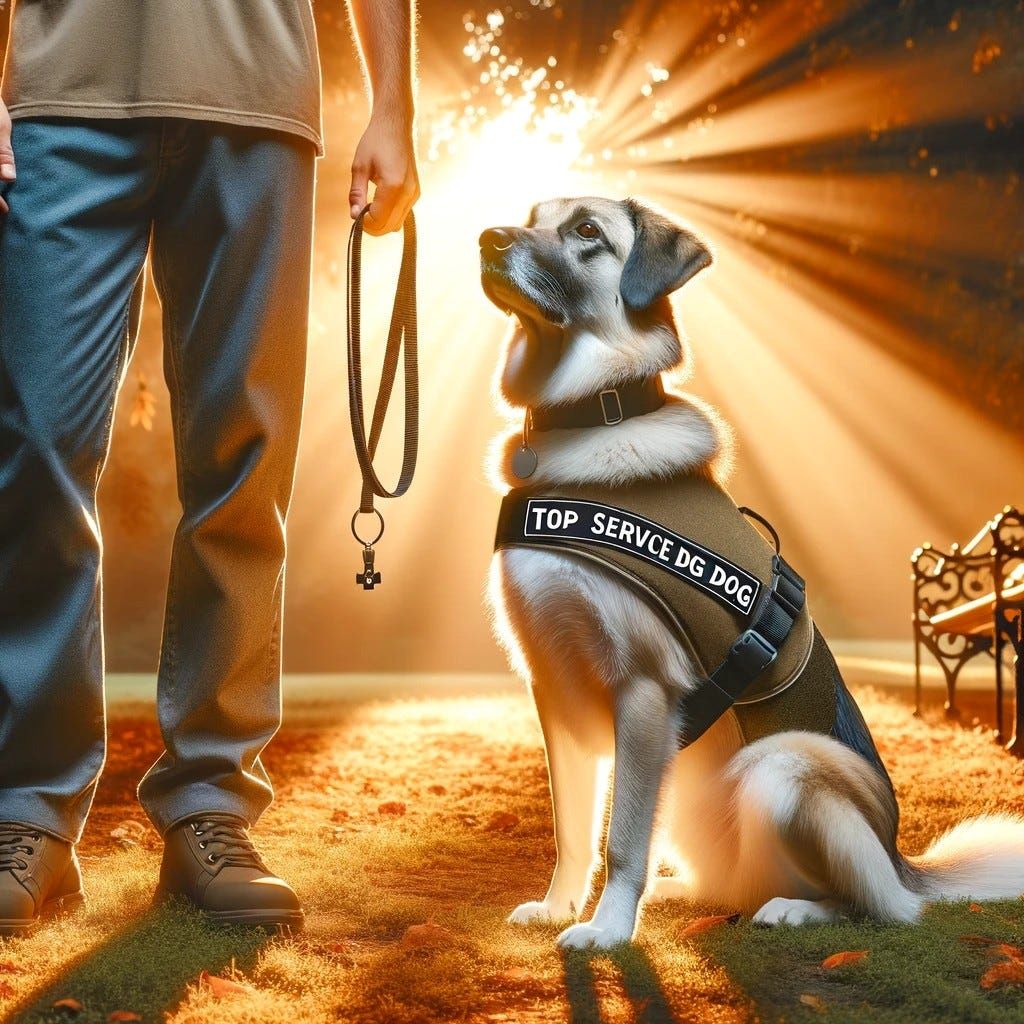Working dogs are incredible partners, contributing to various fields like search and rescue, law enforcement, service, and therapy. To ensure they perform their duties safely and effectively, having the right gear is essential. This guide explores the essential equipment for working dogs, catering to their specific needs and tasks.
Harness and Collar Selection
- Harness: A well-fitting harness is a must for working dogs. It distributes pressure evenly, reducing strain on their neck and back. Look for features like padding, reflective strips, and multiple attachment points for leashes or additional gear.
- Collar: While a harness is often preferred for work, a collar is still needed for identification tags and everyday use. Choose a comfortable collar with a secure buckle or quick-release mechanism.
Leashes for Control and Training
- Standard Leash: A standard leash, typically 4–6 feet long, is suitable for everyday walks and basic training. Opt for sturdy materials like nylon or leather.
- Long Line: A long line, usually 15–30 feet, provides more freedom for training recall and off-leash work. It allows the dog to explore while maintaining control.
- Traffic Lead: A short, sturdy leash (1-2 feet) offers close control in crowded areas or high-risk situations.
Boots for Paw Protection

Working dogs typically encounter rough terrain, extreme weather conditions, or hazardous materials. Boots shield their paws from injuries, burns, and chemical exposure. Consider the following types:
- Everyday Boots: These lightweight boots protect paws from everyday wear and tear.
- Heavy-Duty Boots: Designed for challenging terrain, these offer enhanced protection against sharp objects and rough surfaces.
- Winter Boots: Insulated boots keep paws warm and dry in cold weather.
- Tactical Boots: Often used by law enforcement or military dogs, these provide extra support and protection in high-risk environments.
Vests and Backpacks for Utility
- Tactical Vest: Used by law enforcement and military dogs, tactical vests can hold essential tools, medical supplies, and communication devices.
- Search and Rescue Vest: These vests typically have bright colors and reflective strips for visibility, and may include pockets for GPS trackers.
- Service Dog Vest: Service dog vests clearly identify the dog’s role and often have patches or markings indicating their specific task.
- Backpacks: Backpacks can be helpful for carrying supplies during long hikes or search and rescue missions. Ensure the pack fits properly and doesn’t hinder the dog’s movement.
Additional Gear Considerations
- Muzzles: In certain situations, a muzzle may be required for safety or regulatory reasons. Choose a muzzle that allows the dog to pant and drink comfortably.
- First-Aid Kit: A canine first-aid kit is essential for addressing minor injuries or emergencies in the field.
- Cooling Vests or Mats: In hot weather, cooling vests or mats can help prevent overheating and heatstroke.
Choosing the Right Gear: Factors to Consider
When selecting gear for your working dog, keep these factors in mind:
- Dog’s size and breed: Ensure the gear fits properly and is appropriate for the dog’s size and breed.
- Type of work: The specific task the dog performs will dictate the necessary gear. For instance, search and rescue dogs may need different gear than service dogs.
- Comfort and safety: Prioritize gear that is comfortable, safe, and does not hinder the dog’s movement or ability to perform its duties.
- Durability: Choose gear made from high-quality materials that can withstand the demands of the dog’s work.
Conclusion
Equipping your working dog with the right gear is crucial for their safety, comfort, and performance. By investing in essential equipment, you can ensure they are well-prepared for any task they face. Remember to consult with your veterinarian or a professional dog trainer for personalized recommendations based on your dog’s specific needs and job requirements.




